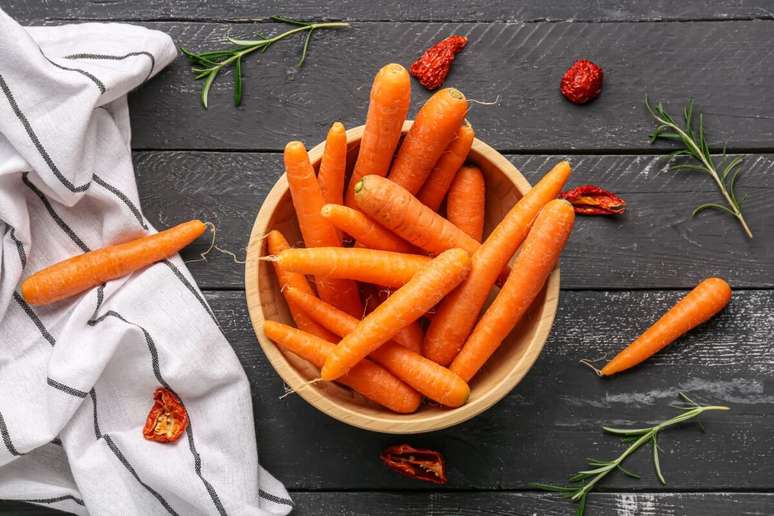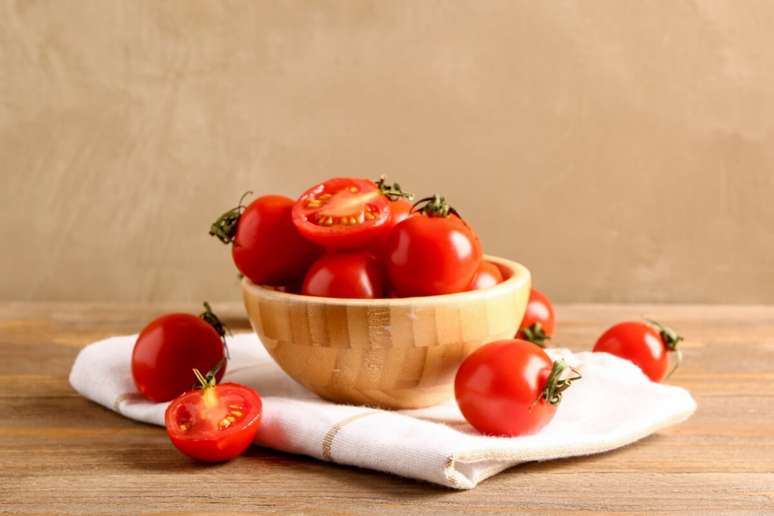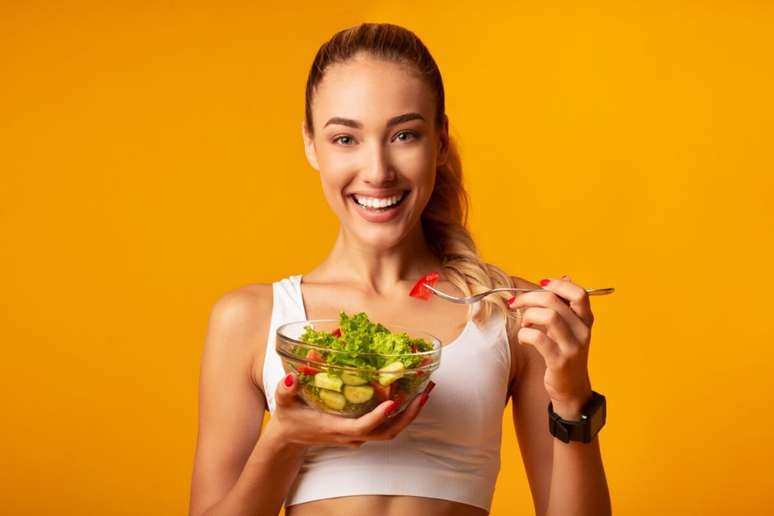Find out how a rich and varied diet is important for disease prevention
According to the World Health Organization (WHO) and the Brazilian Food Guide, to promote a balanced and healthy diet, the ideal daily consumption of fruit, vegetables and greens is 400 grams. These foods are rich in bioactive substances, substances with beneficial biological effects on the body and which perform antioxidant, anti-inflammatory and metabolic regulation functions, contributing, among other things, to preventing neurodegenerative diseases.
According to the study “Consumption of bioactive compounds in the Brazilian population”, published by the journal PLOS ONE and discussed in the webinar promoted by International Institute of Life Sciences (ILSI), within the dynamics of food inequality, the consumption of bioactive compounds is among the main factors of social differentiation, as revealed by nutritionist Dr. Renata Carnaúba.
“The absence of bioactive compounds in the diet of low-income people is one of the social problems that require urgent treatment. In addition to ensuring food security, it is necessary to develop public policies that promote access to these foods and the adoption of healthy eating habits across the entire population”, he underlines.
Consequences of the lack of bioactive compounds in the diet
Nutritionist João Paulo Fabi points out that the lack of intake of bioactive compounds can cause a metabolic change that can lead to chronic inflammation, which increases the chances of the onset of several chronic non-communicable diseases, such as diabetes, hypertension, cancer.
“The intake of daily portions of fruitgreens and greens can promote the correct absorption of various bioactive compounds, which perform a beneficial action specifically at the intestinal level and also have a systemic action. In this sense, daily consumption is more important than the quantity in a single day,” he explains.
According to the professional, it is important to have a balance in the consumption of bioactives. “Small daily portions are more effective in continuously supplying bioactives to the body. Furthermore, although bioactives are beneficial, excessive consumption (such as concentrated supplements) can have negative effects,” he points out.

Foods with bioactive substances
Below you will find the list of foods with bioactive substances to include in your diet in a practical, effective and economical way!
1. Carrot
- Bioactives: beta-carotene (precursor of vitamin A) and antioxidants.
- Portion: 1 medium raw or cooked carrot (about 80 g).
- Consumption methods: grated into salads or steamed with olive oil.
2. Broccoli
- Bioactives: sulforaphane and vitamin C.
- Portion: 1 cup of tea (about 100 g) steamed.
- Consumption methods: lightly sautéed or as a side dish.
3. Pumpkin
- Bioactives: beta-carotene and fibre.
- Portion: 1/2 cup of tea (about 100 g) cooked.
- Consumption methods: pureed, soups or roasted with olive oil.
4. Orange
- Bioactives: flavonoids and vitamin C.
- Portion: 1 medium unit (approximately 130 g).
- Consumption methods: in nature as a snack or natural juice (prefer the whole fruit).
5. Bananas
- Bioactives: fibers prebiotics and polyphenols.
- Portion: 1 medium unit (approximately 100 g).
- Consumption methods: as a snack or in smoothies.
6. Kale
- Bioactives: lutein, quercetin and fibre.
- Portion: 1 cup of tea (about 70 g) raw or lightly sautéed.
- Consumption methods: in salads, green juices or sautéed with garlic.

7. Tomato
- Bioactives: lycopene e vitamin C.
- Portion: 1 medium tomato (about 100 g).
- Consumption methods: raw in salads or cooked in sauces, combined with olive oil.
8. Beans
- Bioactives: saponins, fibers and polyphenols.
- Portion: 1 medium shell (approximately 100 g) cooked.
- Consumption methods: in main meals, as a side dish.
9. Onion
- Bioactives: quercetin and sulfur compounds.
- Portion: 1/4 of a medium onion (about 50 g).
- Consumption methods: raw in salads or lightly sautéed.
10. Papaya
- Bioactives: beta-carotene and papain (digestive enzyme).
- Portion: 1 medium slice (approximately 150 g).
- Consumption methods: for breakfast or as dessert.
By Milena Almeida
Source: Terra
Ben Stock is a lifestyle journalist and author at Gossipify. He writes about topics such as health, wellness, travel, food and home decor. He provides practical advice and inspiration to improve well-being, keeps readers up to date with latest lifestyle news and trends, known for his engaging writing style, in-depth analysis and unique perspectives.








